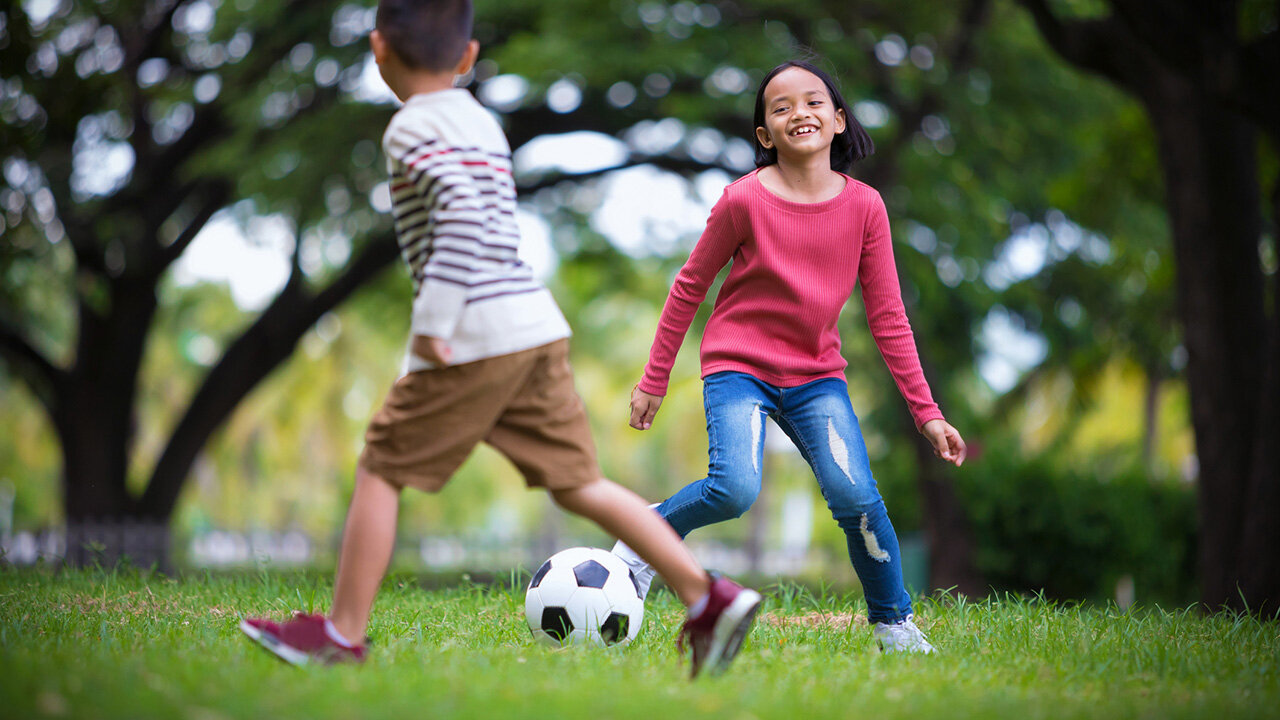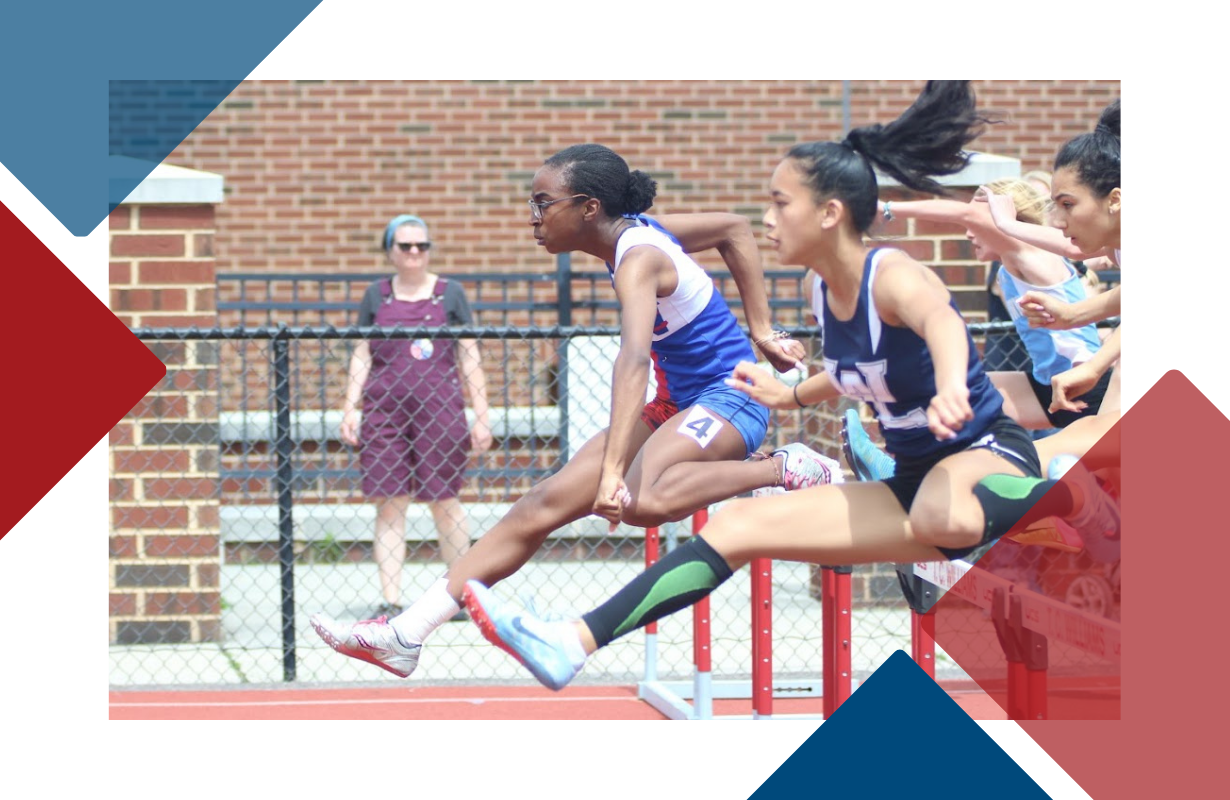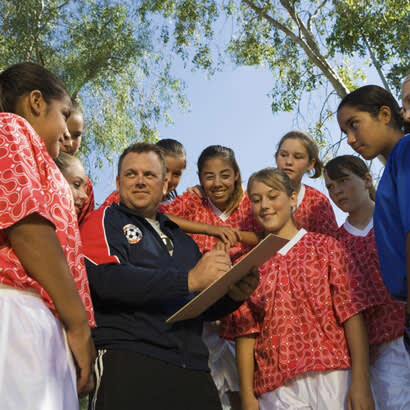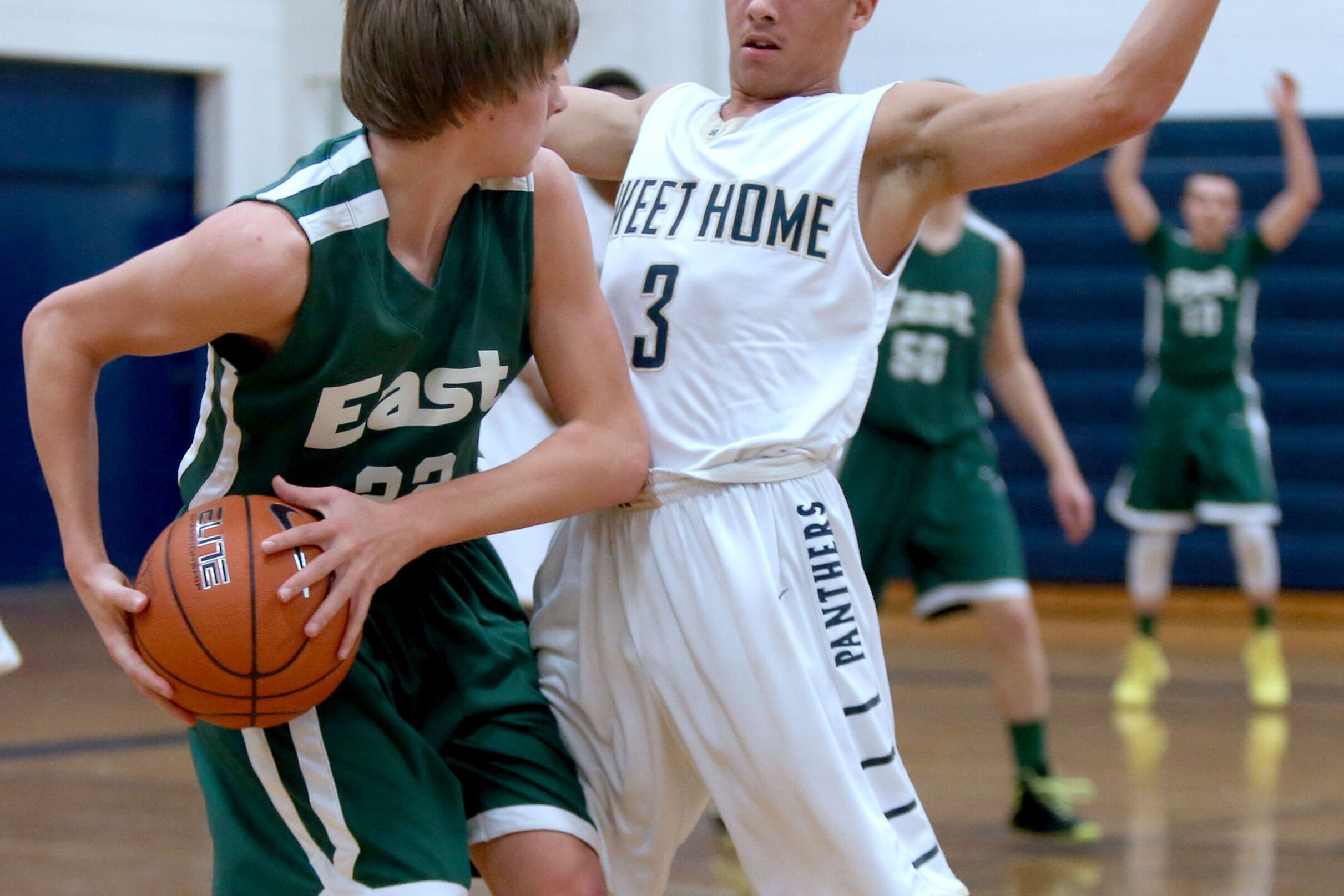Today, we have a youth sports model where we sort the weak from the strong at ever-earlier ages before they have grown into their bodies, minds and interests. Quality access to sports is often based on whether families can pay for a sustained experience. Kids from lower-income homes are six times as likely to quit sports for financial reasons as their higher-income peers.
On May 27, the Aspen Institute’s Project Play hosted our sixth webinar, this one exploring what the youth sports model should look like after the coronavirus pandemic. Leading experts from Major League Baseball, National Recreation and Park Association, and American College of Sports Medicine weighed in and reacted to Aspen Institute Sports & Society Program Executive Director Tom Farrey’s recent article with his vision on how sports can help rebuild America.
click to enlarge
After COVID-19, youth sports will likely never be the same – and many leaders in the industry think these changes could be harmful. During the webinar, Project Play conducted an unscientific survey of 1,032 youth sports leaders, asking what they think youth sports participation will look like by the 2028 Olympics in Los Angeles if we don’t change the current delivery model. Fifty-seven percent of respondents said they expect participation would be down 10% or more, including 19% who think the decline would be at least 20%.
So, what do we want the next model to be? Here are highlights from the webinar discussion.
What story do we collectively want to tell about youth sports eight to 10 years from now?
Kristine Stratton, National Recreation and Park Association president and CEO: “We would like to see parks and recreation be, and be seen, as leaders and champions of quality youth sport access. In (Farrey’s) piece, there’s a quote that paints a pretty grim picture of parks and recreation – one reason youth sports have been privatized is because parks and rec forgot about who the consumer is, didn’t care about the experience and just worried about satisfying the mayor. This absolutely cannot be the narrative in eight to 10 years. … Youth sports should really help children thrive socially and emotionally. To achieve that, it will take accountability and a cohesive strategy to get us there, and one that is really supportive at the national level.”
NiCole Keith, American College of Sports Medicine president: “With this occasion of COVID-19, we have a chance of reminding adults and kids how sport can influence behavior in a positive way, and that it’s not only about winning and losing.”
How should health factor into a new model?
Keith: “You have to think about it from the standpoint of community health and mental health, and it has to represent all people regardless of their ability, skill level or background. While some coaches are doing this, I would advocate for policies that train coaches not just for safety and CPR, but to reinforce the development of intrapersonal relationships through sport. … This is still happening at the level of the physical educator, and not necessarily at the level of the coach and the parent. In terms of professional sport, health and policies are getting attention as advocates for mental health. But I don’t see it being implemented as much in youth sport and the high school level as it could be.”
How important will it be to engage policymakers over the next year?
Jean Lee Batrus, MLB-MLBPA Youth Development Foundation executive director: “Policymakers are going to be a very critical part of this conversation. Involving the (National Governing Bodies) is going to be very important, especially when we look at how do we have high-quality coaching and reward coaches? We need to be nimble and responsive in a market economy that has been disrupted. I know that we’re all disappointed and many jobs have been lost, but there’s also an opportunity to look at free and low-cost localized play in underserved communities and really bringing diversity back to baseball and softball. For us, we think there’s a huge opportunity in this, but without the support of policymakers and other stakeholders, it won’t be possible.”
Stratton: “Parks and recreation are actively advocating for investment as part of the post-pandemic federal stimulus in the form of infrastructure and workplace development. We desperately need an infusion of capital. We know that we’ve had historic inequity in terms of access to places to play. If you take urban settings alone, one in three people do not have access to a park within a 10-minute walk from home. And if they do have access to a park, it’s not necessarily well-maintained that’s safe and welcoming. There’s a tremendous backlog in deferred maintenance and projects across country, from local parks to state to national. Just taking national parks, we’ve got an estimated $60 billion backlog in capital projects.”
Keith: “The National Physical Activity Guidelines report lists schools as the target (for kids to access recreation), but unfortunately, schools aren’t always built in easily accessible places for kids and they have to rely on people in their lives to get there. Creating communities that are walkable and bikeable are really important. I think city planners are an important group of people to target who are non-traditional partners in sport and physical activity.”
What one partnership would best help to bring more quality sports activity that is community-based and affordable?
Keith: “There might be an opportunity to reallocate resources for programs that have not traditionally been in schools but are not necessarily open or available for children to utilize. Maybe reallocate those resources and people to places that are accessible, including schools but also parks and recreation departments or neighborhood community centers that are nearby. Those partnerships are really important, not just to put the programs there, but to put the adults there to support the kids, either on a volunteer or paid basis.”
Stratton: “I think partnerships between parks and recreation and schools can be a real game changer. There’s a mantra in parks and recreation: A school district kid is a parks and recreation kid as soon as the school bell rings. What we need to be doing is really engaging city planners on how do we provide access to youth that is the most accessible possible? What do our facilities offer in terms of flexible use? So, look at joint-use agreements between schools and parks and rec, and look at the opportunity to then layer creative programming that is flexible and adaptable and won’t be jeopardized by trends and fads.”
Batrus: “I think there’s going to need to be new mechanisms for funding. The beauty of the Aspen Institute’s Project Play 2020 is bringing other funders, like the Ralph C. Wilson Jr., Foundation, where we’re looking to co-invest in larger projects. … There is an opportunity to bring back localized play at low-cost entry points. As we think about partnerships moving forward, from a funding perspective as municipalities and states are losing revenue, it’s just awful what’s happening across the country. This is a call of action. Think about our priorities. How do we change our investments and be a little more strategic and drill down with organizations like (the NRPA). Kristine, I would love to have a conversation with you afterward. Historically, we’ve worked very closely with local parks and rec departments. They’re going to become even more relevant going forward.”
How do we get new ideas to parents who are on the competitive and expensive sports track and don’t know how to get off?
Batrus: “It might just be natural market forces with the inability of kids to return to travel sports immediately and needing to find other opportunities at a localized level. … It’s going to be evolving. We don’t have all of the answers now. We want to walk very carefully with the CDC and WHO guidelines before we make recommendations to parents.”
Keith: “Including the healthcare provider early is very important. The role of the pediatrician is important in clearing a patient to play a sport. … When kids are little, parents get their kids involved (in sports) mostly for the right reasons – for opportunities for exercise and socialization. That is when the conversation needs to start occurring about letting the kids being involved in the decisions involving their sport.”
How do we incentivize better coach training?
Farrey: “I think that’s a conversation to be had with the National Governing Bodies, and perhaps the U.S. Olympic and Paralympic Committee could have a supportive role there. I think there’s a conversation to be had at the municipal level regarding the power of the permit. Parks and rec are really taxed right now and we have to be careful not to task too much of them. But those who control field space could lift the conditions of what’s asked of organizations. Don’t just ask organizations if they have insurance. Also ask, are your coaches trained in these key competencies?”
Keith: “A public health strategy that has worked in the past is social pressure. Parents want to do what’s best for their kids. If it’s socially unacceptable to have a coach or official who is not trained, pretty soon it will just be the norm. … It can be community driven and crowd-sourced through media and marketing communication that this is the way we’ve got to move forward.”
Batrus: “Due to COVID-19, all coaches are probably going to have to undergo some additional training in this new world. This is similar to the exercise we had to go through with SafeSport (after widespread cases of athletes being sexually abused) and looking at a whole new way of certifying to make sure kids remain safe. If there’s a requirement to train under COVID-19 safe and health guidelines, can we amplify and add in some other resources? I would agree that we need to lean on the NGBs and other national bodies to really mandate it, and that’s where we can engage the government and policymakers to have this enforceable.”
Do you have a topic that you would like Project Play to explore in future COVID-19 youth sports coverage? Email Jon Solomon at jon.solomon@aspeninstitute.org.
How Sports Can Help Rebuild America
BY TOM FARREY























